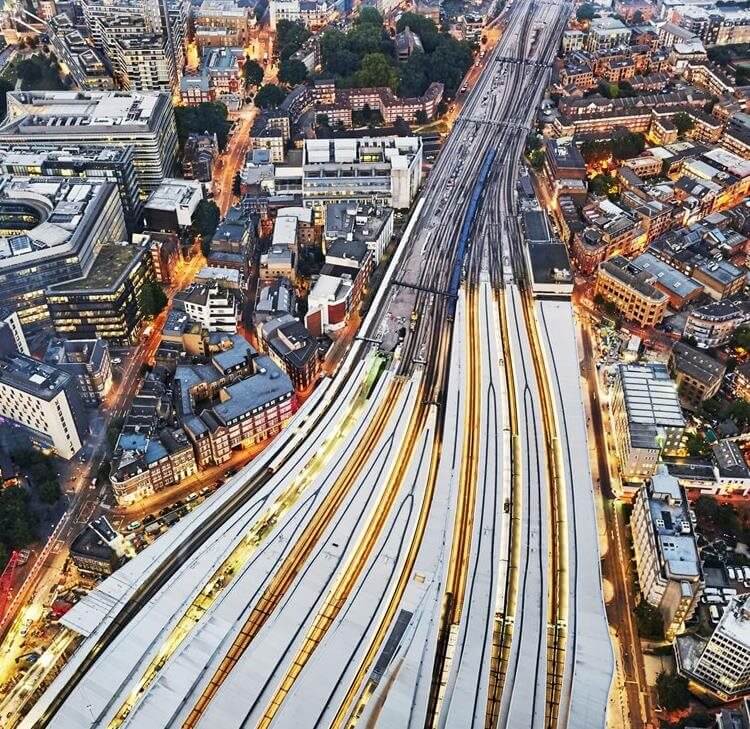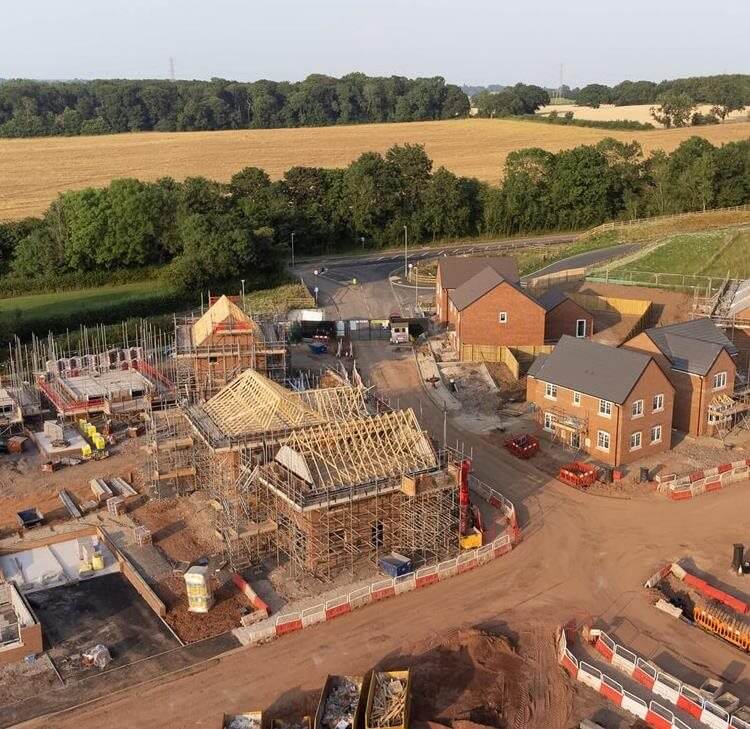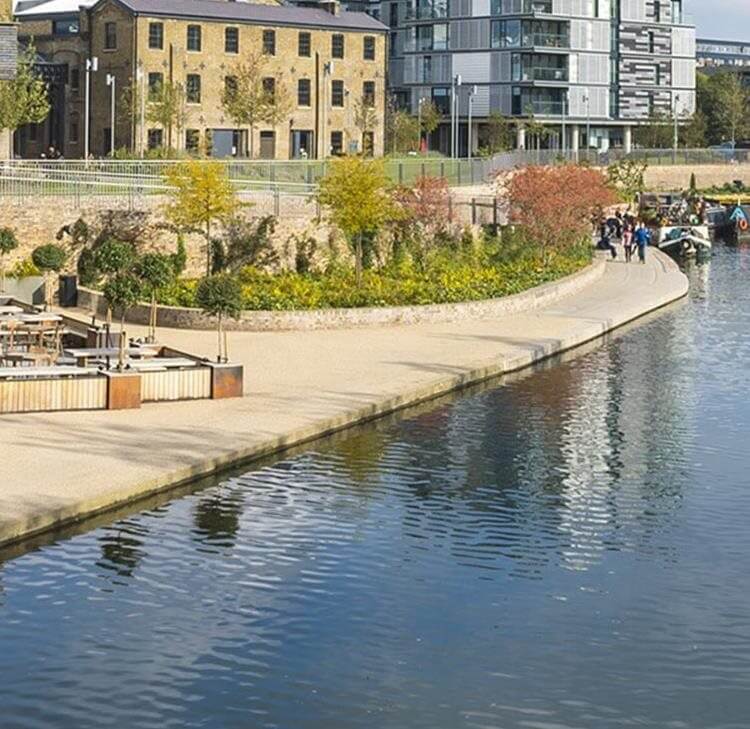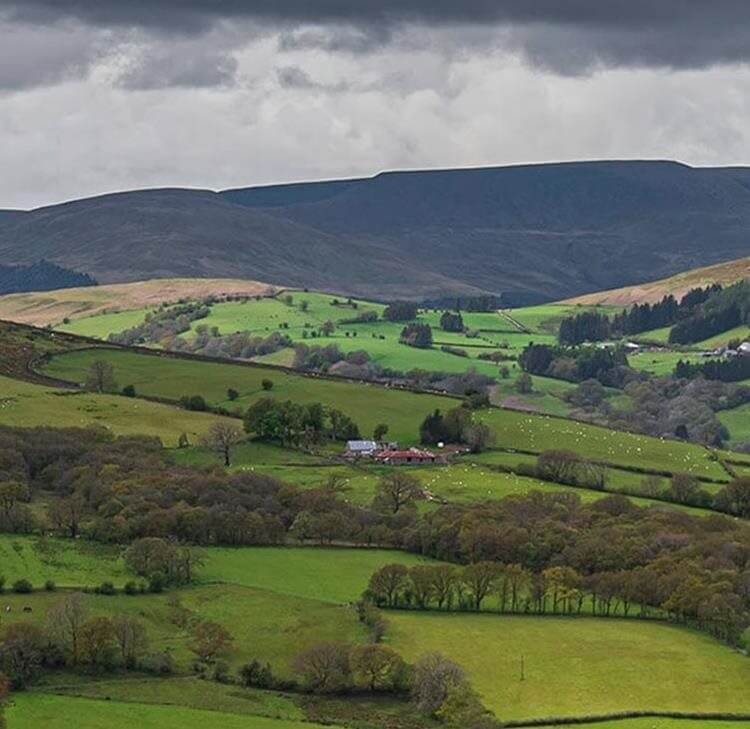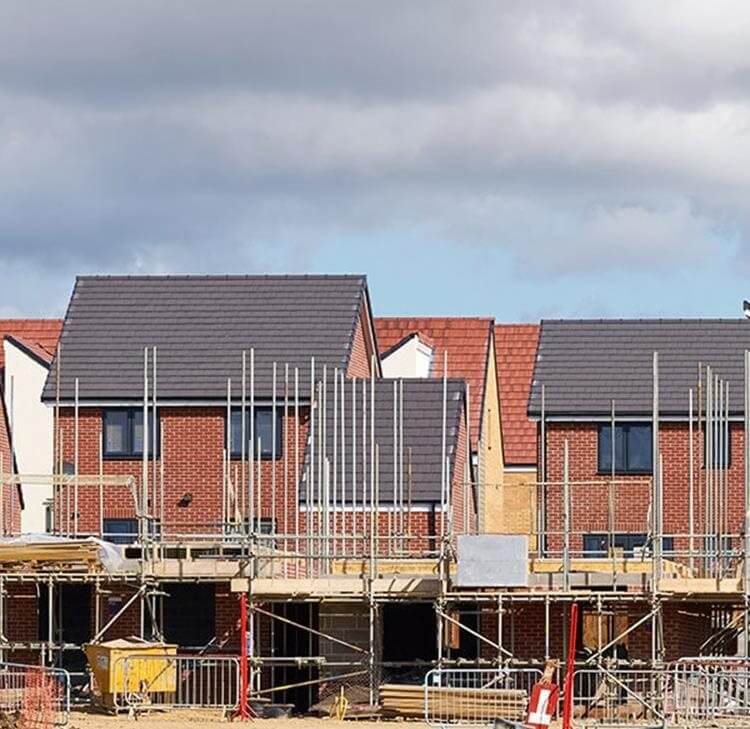Biodiversity net gain (BNG) is a concept that aims to leave the natural environment in a measurably better state than it was in beforehand.
Further to our recent article 'Countdown to Biodiversity Net Gain' the long await secondary legislation and Government guidance has now been published and the Government has confirmed that BNG will be mandatory from 12 February 2024 (save for those developments that are exempt from delivering the biodiversity gain objective).
So, what do we know and how can we prepare for BNG becoming mandatory?
We now have:
- 6 x pieces of secondary legislation relating to BNG;
- A raft of guidance for developers, landowners and local planning authorities;
- Planning guidance setting out how BNG should be delivered through the planning process;
- The statutory metric which must be used for mandatory BNG once it commences;
- Template gain plans (including for phased developments) and a template HMMP (habitat management monitoring plan).
Together, we can now piece together how BNG should work, what different organisations will need to do and what BNG may look like on the ground.
Last year, we produced a short video reflecting on the new guidance and draft legislation when it was published in November 2023, which is available below. We will also be hosting various events in the upcoming weeks and month for local authority contacts to help prepare for the commencement of BNG and embed BNG into decision making.

Secondary legislation
The Environment Act 2021 contains high level details of how BNG will work and how it will be embedded into the existing planning regime, but it has been accepted for a number of years that the real detail will need to be included in secondary legislation. The six pieces of secondary legislation that were published at the end of November in draft, and have now been finalised and laid before Parliament, provide this detail.
We now have:
Two sets of Regulations relating to the Register of biodiversity gain sites:
The Biodiversity Gain Site Register Regulations 2024
The Biodiversity Gain Site Register (Financial Penalties and Fees) Regulations 2023
These regulations provide for the creation and operation of the new Register of biodiversity gain sites. This publicly accessible register will be established, operated and maintained by Natural England (acting as the Register Operator). If a site is to be used for offsite delivery of BNG, it will need to be registered on the Register.
These regulations set out a clear and prescribed process for who can register sites, and how the registration process will work (including what needs to be provided to the Register Operator, what the eligibility criteria are for sites to be registered and how the Register Operator will determine applications). The site will need to have been secured, by either a S106 agreement or Conservation Covenant, before it can be registered on the Register.
A detailed process also prescribes how habitat enhancement must be allocated to developments, how this allocation is registered and what detail/evidence needs to be provided. There are also set processes to be followed if details, once registered, are to be removed or amended and various safeguards appear to be built into the process to prevent double counting of habitat enhancement.
Whilst developers and landowners will be interested in how the Register will work in terms of procedural matters, the Register is important for local planning authorities (LPAs). LPAs will need to check the Register before they approve a gain plan if a developer has indicated that they will be delivering part of their 10% BNG objective on an offsite site. Having confidence in the information included on the Register and an understanding of how to access and check the details, will be critical for LPAs. The Register is not currently available, but once it is online, we recommend LPAs familiarise themselves with how it works.
The Register Operator will also have the power to impose financial penalties of £5,000 if false or misleading information is provided when applications to register sites are submitted; as well as the power to charge fees for applications to register sites, register allocations and make changes to (or remove details from) the Register. Fees for different types of applications range from £45 to £639.
Confirmation of what developments are exempt from delivering BNG:
The Biodiversity Gain Requirements (Exemptions) Regulations 2024
Exempt developments are largely as expected, and include:
- a temporary exemption for small developments until April 2024;
- development with no impact on priority habitat and where the development impacts (a) less than 25sqm of habitat that has biodiversity value greater than zero; and (b) less than 5m in length of linear habitat (the “de minimis exemption”);
- householder applications;
- biodiversity gain sites;
- certain self-build and custom build developments; and
- developments forming part of, or ancillary to, the high-speed railway transport network.
Regulations relating to Irreplaceable habitats:
The Biodiversity Gain Requirements (Irreplaceable Habitat) Regulations 2024
Irreplaceable habitats are already protected under national planning policy and are habitats with a high biodiversity value that are difficult to recreate. These new regulations list those habitats that are considered “irreplaceable” for BNG purposes and set out a slightly modified process that must be followed by developers and LPAs if irreplaceable habitat is on a development site. LPAs will, for example, have a role in approving bespoke compensation plans if irreplaceable habitat is present onsite and will need to consider how enhancement contributes to a developer’s 10% BNG objective.
Regulations embedding BNG into the planning application process:
These Regulations – alongside the planning guidance referred to below – will really aid authorities and organisations visualise how the BNG process will be delivered through the planning process and what changes are being made to the planning application process to allow LPAs to receive BNG information, assess BNG information and determine whether BNG is being delivered as required.
By virtue of the regulations, the legislative process now identifies what needs to be included in the gain plan, what LPAs will need to consider in determining whether to approve gain plans (including details of the Biodiversity Gain Hierarchy), what time periods apply for the determination of gains plans (eight weeks, unless an alternative period is agreed), how BNG should be delivered in phased development and various other critical elements.
Consequential amendments:
The Biodiversity Gain (Town and Country Planning) (Consequential Amendments) Regulations 2023
An important piece of secondary legislation, that makes consequential amendments to the Town and Country Planning Act 1990, including in relation to S73 applications and whether previously approved gain plans will or will not need to be updated and resubmitted.
Government guidance
A raft of guidance was published by the Government at the end of November, and has been updated over the past few months, and is largely located here:
Collection: Biodiversity net gain
The planning practice guidance, in particular, provides a vast amount of detail about how to practically comply with BNG requirements: what information needs to be delivered when, what LPAs will be considering at each stage of the planning process, what the Biodiversity Gain Hierarchy is and when LPAs must take account of it in decision making, what developers need to evidence and how S73 applications and phased developments/outline planning permission will work alongside the new BNG requirements. This guidance also touches on enforcement and monitoring requirements – two key policy areas where there has been a lot of debate and discussion in recent years.
The planning practice guidance can be found here:
Draft biodiversity net gain planning practice guidance
Statutory metric
The long awaited statutory metric, as well as user guides and information detailing how the metric must be used/applied, is available here:
Statutory biodiversity metric tools and guides
Whilst this is based on Natural England’s metric 4.0, it is critical that only the statutory metric tools are used once mandatory BNG commences – and even if preparatory work has been ongoing to calculate likely units that can be created on a site, for example, any calculations will need re-running through the statutory metric. LPAs will need to ensure that calculations submitted, and values reported in applications once BNG is mandatory, have used the statutory metric. Understanding how to use, read and interpret the statutory metric will be important for LPAs and ecologists providing support within the planning application process.
How to prepare for BNG?
Now that we have so much more detail on BNG and how it will be embedded into the planning process, organisations can start making more detailed preparations.
LPAs, for example, now have more information about the powers and vires that must be exercised when gain plans are determined. Steps will need to be taken operationally to embed BNG into decision making processes, as well as operational processes. Similarly, the guidance and legislation will allow for processes and internal guidance to be revised and updated where organisations are planning their developments or are considering using their land to create offsite habitat units. Opportunities to sell units and encourage developers to rely on offsite habitat within local authority boundaries can now be explored with more certainty.
Further information and guidance for clients will be available shortly.
If you have any queries about BNG, please contact Helen Gill.









